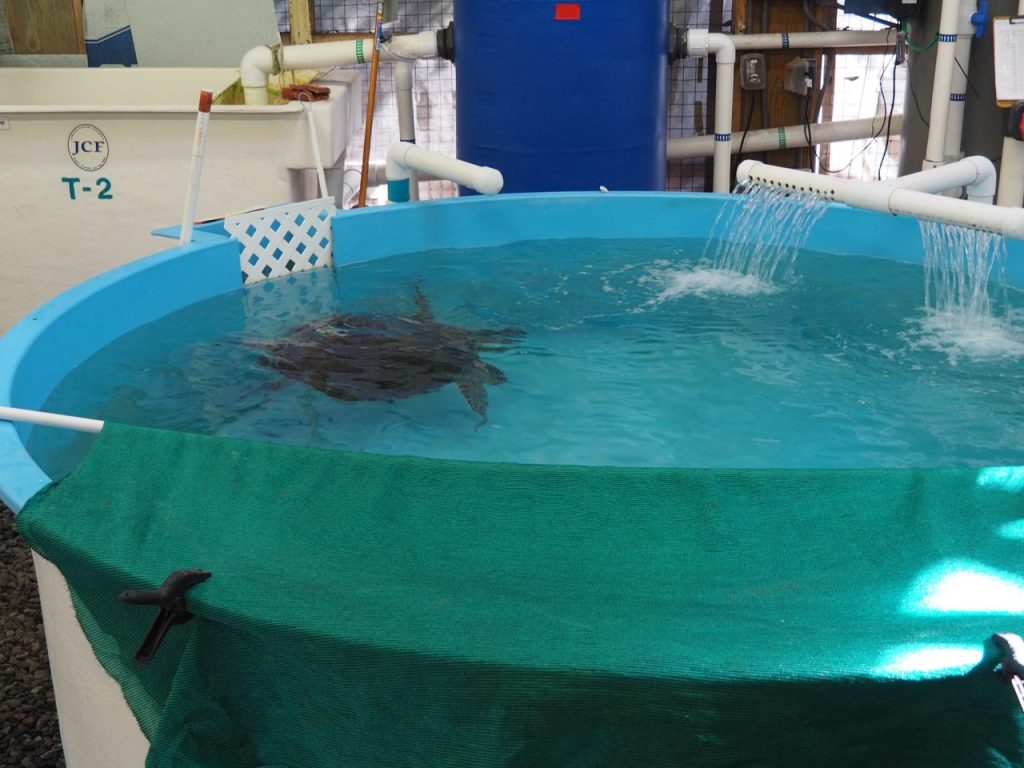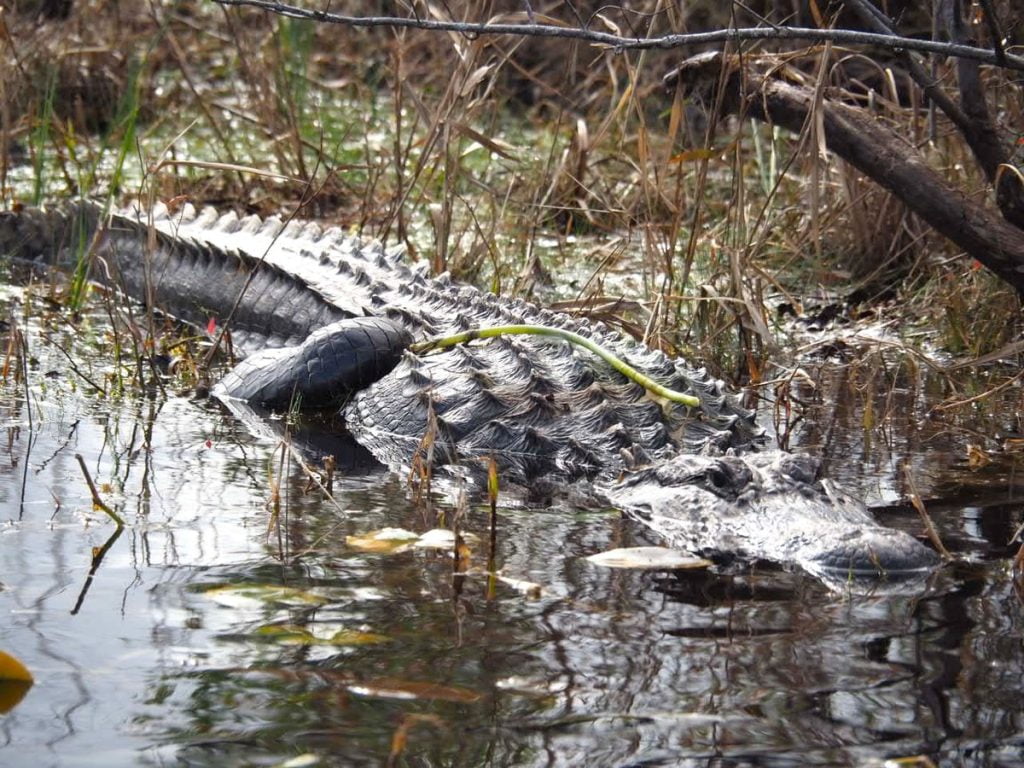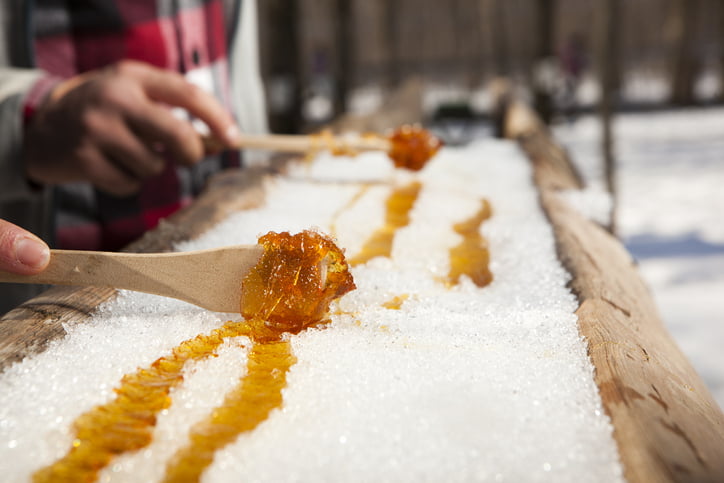Finding balance can be a tricky thing. But sometimes—and RVing lifestyles certainly make this possible—detouring off well-worn routes to explore the nooks and crannies of a road trip can be a great way to find that tricky balance between development and nature. In Georgia—that often zipped-through state enroute to Florida—taking a small detour often comes with a big payoff in the balance department.
FORGING A CONNECTION WITH NATURE
Before being sold to the state after the Second World War, Jekyll Island was a wintertime oceanside enclave for some of America’s wealthiest families. These days, the 5,000-acre barrier island (connected to the mainland by a paved causeway and easily navigated by RVs) is a state park where two-thirds of the beaches and tidal marshlands are protected from development. The small community of a thousand full-time residents pride themselves on authentic experiences like guided ranger walks, ecotours, eagle and forest ecology walks. In summer and fall, visitors can join in on a dawn patrol to protect turtle hatchlings as they make the perilous journey from sandy nests to the open water.
Top of the list as a “get away from it all” spot is the island’s Driftwood Beach, where the weathered tree trunks and branches are all that remains of an ancient maritime forest. It’s an otherworldly landscape that makes for a truly unique beach stroll. Collecting pieces of driftwood is forbidden, although picking sand dollars or empty shells is fine.
While it’s possible to tour the island’s mansions from a bygone era, we prefer to fuel our nature-human balance with a visit to the Georgia Sea Turtle Center, a wildlife hospital and rehabilitation facility dedicated to protecting the five species of sea turtles found along the state’s coastline. Winter is a busy time at the center, when stressed, cold-stunned turtles are brought into the large indoor reservoirs, nursed back to health, then microchipped and tagged before release back into the ocean. Visitors can tour the hospital wing, chat with the biologists and researchers, and even take a Behind the Scenes tour of staff-only areas. Kids of all ages will love watching the recovering turtles paddle around in their enormous tanks.

Adult and hatchling turtles are protected and healed while swimming around in large tanks in the hospital.
Not far to the south is another of Georgia’s spectacular barrier islands; the fragile and shifting lines of sand parallel to the mainland coastline. Cumberland Island National Seashore is large, remote, and accessible only by foot-passenger ferry or private boat from the village of St. Marys (there is lots of parking on the mainland). The 45-minute ferry trips regularly sell out in advance, so plan ahead.
Cumberland Island has a long and varied history, beginning with Indigenous settlements, to Spanish and British fortresses, to rice, indigo and sea cotton plantations worked by enslaved African Americans, to being gobbled up by wealthy American industrialists as a winter getaway. In 1972, the island was turned over to the National Park Service and became the largest wilderness area in a national seashore in the United States; an island paradise of solitude.
Visitation is capped at 300 at any one time. On the south part of the island, visitors can hike the 85 kilometres of trails through maritime forest of live oak, palmetto and cabbage palms, rent bikes along the unpaved roadway, take a ranger-led guided van tour, or follow a self-guided cell phone tour that includes the historic district remains. The seven-km Southend Loop Road is the most popular route for day visitors to explore the island.
Cumberland Island National Seashore is one of seven Atlantic Coast barrier islands with feral horses; a herd that may date back to the early Spanish explorers. One-third of the state’s loggerhead sea turtle nests are found on the island’s 30-km of isolated beach.
According to our ranger-guide, the north part of the island is even more secluded, “with more protection—no bikes, no trails, and no mechanical devices—it’s supposed to be an area where man is only a visitor.” This secluded part of the island is home to bobcats, alligators, deer, and coyotes. In the winter months, keep an eye open for whales in the coastal waters.
Another favourite spot to find the balance scales tip toward nature is Stephen C. Foster State Park, a remote west entrance to the famed wilderness sanctuary of the Okefenokee National Wildlife Refuge. The enormous Okefenokee Swamp is a fairly contained ecosystem, which limits how it is impacted by pollution. The park’s guides describe the largest blackwater swamp in North America as “kind of like a tea. The waterway is not spring fed, it’s all rainwater. The vegetation leaches out tannins that give the acidic water its black look.”
There are many hiking opportunities, along raised wooden boardwalks and nature trails through stands of cypress laced with Spanish moss, and along the pathways near the campground’s stands of tall pine. The mirror-like, shallow waters are perfect for boating along the day-use trail (no swimming or pets allowed in boats). Park rangers lead a guided, 90-minute boat tour along the main river channel and into what is one of the world’s largest intact freshwater wetlands, with information on the history, ecology, and wildlife of the area. The dark waters and wetlands are home to black bear, deer, 234 species of birds including endangered woodpeckers, turtles, and American alligators. Thousands of alligators.

Wildlife in the swamp includes American alligators – the park staff estimates there are 12,000 of them at Okefenokee. They are easily sighted on the boat tour.
The water depth ranges from just a few inches (perfect for kayaks) to almost three metres. At its base is peat that forms where dead vegetation fails to rot, usually because the ground is waterlogged. Things move slowly in Okefenokee: it takes a half-century for one inch of peat to form.
Stephen C. Foster State Park stands apart from most others in the region as a Certified Dark Sky Park by the International Dark Sky Association. Most of the park’s mammals, reptiles, amphibians, birds, and insects are nocturnal and after the sun sets the woods and wetlands come alive with the sounds of spring peepers, cicadas, crickets, alligators, and laughing-barred owls. The park has removed all unnecessary artificial light, making it the perfect spot to experience some of the truly dark skies in the Southeast. On a clear night, the best open space for viewing the Milky Way, planets, constellations, and comets is at the parking lot across from the trading post. The park also offers night programs throughout the year with its 8-inch and 10-inch telescopes.
Some might suggest that sticking to the interstate routes is the “best” way to travel to the beaches further south. But perhaps the prime travel rewards are found by slowing down, and taking the detours that respect that delicate balance between nature and development.
Camping
Near Jekyll Island:
Jekyll Island Campground; 167 full hook-up sites for all size RVs and 12 “primitive” sites suitable for Class B rigs or smaller trailers that can boondock without hookups.
Near Cumberland Island National Seashore:
Crooked River State Park; 63 well-spaced campsites with water and electricity; many pull-through sites.
Near Okefenokee Swamp:
Stephen C. Foster State Park has 65 sites with electricity, including pull-through sites. It’s a long drive to the nearest grocery store, so come stocked up.




